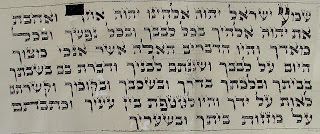yuds with a large tagim

I added this picture the word "beisecha" the yud looks to me like a mini lamed. R' Moshe do you agree on this? The Mikdash maat sif katan 11 seems to say that it is fixable by adding dio on the top? Can someone explain me the mikdash maat? This is a sefardi yud with a big tag on top of it (seems disconnected a little) I believe is still kosher. this is ksav chabad where the tag is a little thicker than should be, interestingly I have learned that the top tag should be just over a kolmus ( just bigger than the regel) The next picture the tag is even taller (like that of the sefardi, besides for the positioning) however thinner. although I believe both are still passable since the tzura is still on them. What do you say?













